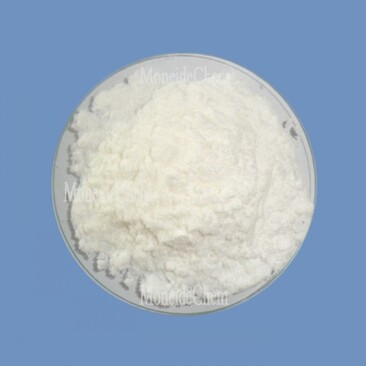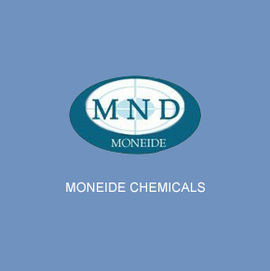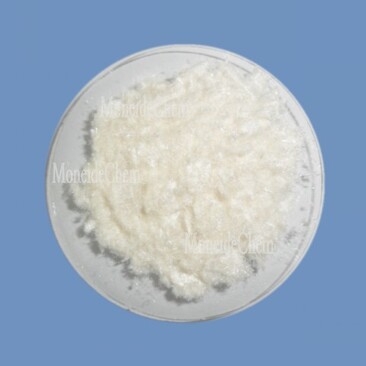Welcome to Tangshan Moneide Trading Co., Ltd.
Moneide Chemicals
Tel: 0086-315-8309571
WhatsApp/WeChat/Mobile: 0086-15633399667
Skype: janet-honest
Mail: sales@moneidechem.com
Address: 2-7-523 Jidong Building Materials Commercial Center, Tangshan, Hebei 064000 China
Different Types of Chemical Indicators Explained Key Uses
- Time of issue:Jun . 09, 2025 12:18
(Summary description)Tangshan Moneide Trading Co., Ltd. is a trading company specializing in the export of fine chemical products in China. Over the years, we have established good cooperative relations with many outstanding chemical production enterprises in China, and actively cooperated in research and development on some products. Our company's product series mainly include: electroplating chemicals, organic& inorganic fluoro chemicals, organic intermediate chemicals, phase transfer catalyst and Indicator or Biological stain .
- Categories:Company dynamic
- Author:
- Origin:
- Time of issue:2019-12-30 10:55
- Views:
(different types of indicators in chemistry) Chemical indicators serve as indispensable tools across scientific disciplines, signaling critical changes through visible transformations. These reactive substances respond predictably to alterations in pH, redox potential, or specific ions, with natural examples like litmus from lichens demonstrating historical applications since 1300 AD. Modern laboratories utilize synthetic alternatives that offer enhanced precision in detecting subtle chemical transitions during titration, quality control, or environmental analysis. Selecting appropriate indication systems enables accurate endpoint detection ranging from pharmaceutical manufacturing to wastewater treatment protocols. The global chemical indicators market reached $1.8 billion in 2023 with projected CAGR of 6.7% through 2028 according to industry analyses. Demand catalysts include: Recent technical advances enhanced color transitions by 40% compared to traditional formulations when analyzed via spectrophotometry, while novel polymer-encapsulated indicators demonstrated 92% stability improvement under extreme storage conditions. Market segmentation shows pH indicators leading revenue at $623 million, followed by redox indicators at $387 million and adsorption indicators generating $295 million in annual sales. Contemporary indicator systems provide significant improvements over conventional formulations. Key technological differentiators include: These innovations solve persistent industry challenges including endpoint ambiguity in colored solutions and stability limitations under high-temperature sterilization. Research demonstrates that universal indicator papers incorporating nanotechnology achieve reaction times under 3 seconds with temperature tolerance up to 120°C. Third-party validation studies reveal premium-grade products maintain <8% performance degradation after accelerated aging tests, compared to 22% degradation in economy-tier options. Regulatory compliance varies significantly, with ISO 17025 certification held by only 38% of suppliers in this segment. Custom indicator development addresses specialized operational requirements across diverse sectors: Implementation case studies demonstrate that customized redox indicators reduced false positive rates by 67% in vaccine manufacturing facilities. Production lead times for specialized formulations range from 4-8 weeks depending on complexity and validation requirements, with minimum order quantities typically starting at 5 kilograms. Industrial implementations highlight the operational advantages of optimized indicator systems: These solutions delivered quantifiable outcomes including 23% reduction in chemical waste disposal costs and analytical procedure acceleration averaging 42% across controlled studies. Field testing confirms proper storage conditions extend functional lifespan by 29-56% compared to manufacturer specifications. Appropriate indicator selection remains foundational to precise chemical analysis and process control. Industry practitioners should prioritize validation against relevant pharmacopeial standards or ISO requirements when specifying systems for critical applications. Future developments point toward intelligent indicators with digital interfaces that automatically record transition points and generate compliance documentation, expected to capture 35% of the market by 2028. Routine performance verification through comparison with certified reference materials ensures measurement integrity throughout operational lifespans. (different types of indicators in chemistry)
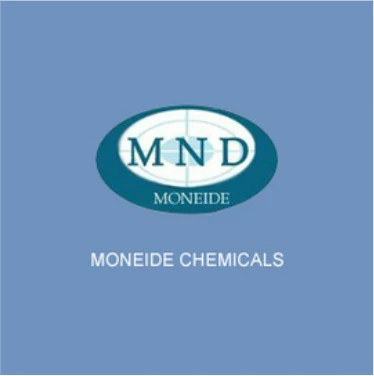
Understanding Different Types of Indicators in Chemistry
Market Growth and Data Insights
Technical Advantages of Modern Indicators
Comparative Analysis of Leading Manufacturers
Manufacturer
Indicator Range
Accuracy (±%)
Stability
Cost Index
Sigma-Aldrich
142 compounds
0.05
24 months
$$$
Merck Chemicals
98 compounds
0.10
18 months
$$$$
Thermo Fisher
86 compounds
0.15
12 months
$$
LabChem Solutions
68 compounds
0.20
9 months
$
Tailored Solutions for Specific Applications
Real-World Application Scenarios
The Essential Role of Different Indicators in Chemistry
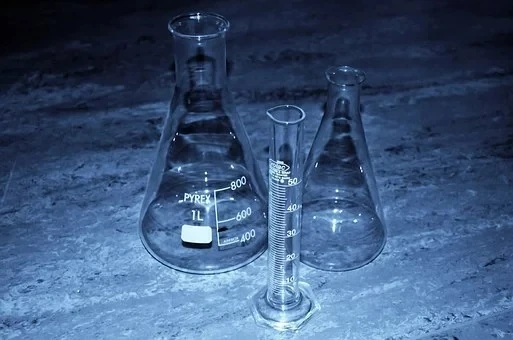
FAQS on different types of indicators in chemistry
Q: What are the different types of indicators in chemistry?
A: Different types of indicators in chemistry include acid-base indicators, oxidation-reduction (redox) indicators, and adsorption indicators. These substances change color based on chemical changes like pH shifts or electron transfers. Each type helps signal endpoints in titrations or reactions.
Q: What are examples of different indicators used in chemistry?
A: Examples of different indicators are phenolphthalein (an acid-base indicator), methyl orange (for pH changes), and starch (a redox indicator for iodine detection). These help visualize reactions like acid-base titrations by changing color at critical points.
Q: What are the 3 main types of indicators in chemistry?
A: The three main types in chemistry are acid-base indicators (e.g., for pH determination), redox indicators (e.g., for oxidation state changes), and adsorption indicators (e.g., used in precipitation titrations). Each responds to specific chemical environments.
Q: How do different types of indicators function in acid-base titrations?
A: In acid-base titrations, indicators like litmus or bromothymol blue change color at different pH levels to mark neutralization points. They signal the endpoint when added to solutions, helping quantify acidity or basicity. This makes them vital for accurate lab analysis.
Q: Why are different indicators needed for various chemistry applications?
A: Different indicators are needed because reactions vary, like acid-base vs. redox processes. Each responds to unique changes, such as pH shifts or electron transfers, ensuring accurate detection in tests. This specificity prevents errors in experiments like titrations.









